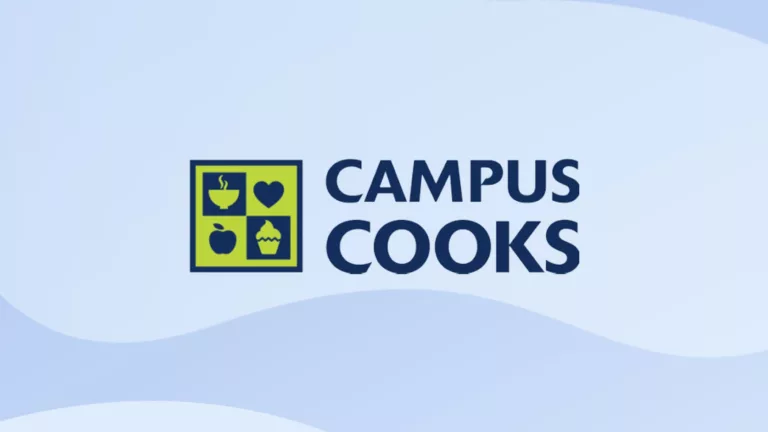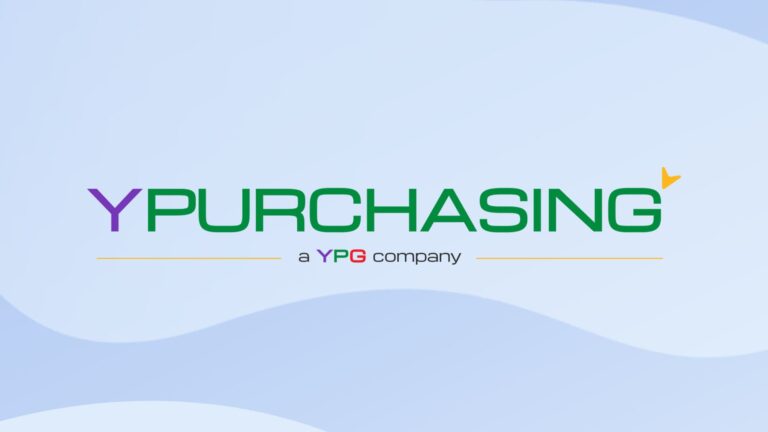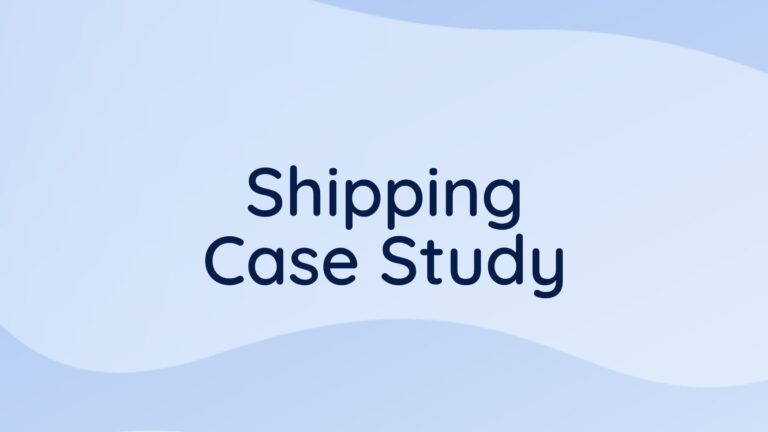
How to Leverage Lean Procurement to Lower Costs and Add Value
Tips for leveraging lean procurement so you can still get the most value from your procurement strategy while saving money, time and effort.
By Hugo Britt | May 11, 2021
Have you ever been asked to “do more with less” in procurement?
Perhaps the size of your team has been reduced, your function’s operating budget has been cut, or there is an organization-wide drive to eliminate waste and increase efficiency. No matter the reason, you’re faced with a pressing challenge – how are you going to maintain or increase productivity with fewer resources?
In this article, we examine some of the key benefits of lean procurement, and demonstrate how even the leanest procurement function can add value to their organization with the support of a GPO.
What is lean procurement?
“Lean procurement” can mean several different things depending on who you ask, but the common thread connecting every definition is the core concept of doing more with less.
Going lean could mean one or more of the approaches below:
- Saving money, time, and effort by speeding up the procurement process.
- Running a procurement function with a small centralized team or with only one person.
- Reducing paperwork such as lengthy RFP documentation to a lean canvas (otherwise known as a “plan on a page”).
- Running a procurement function on a tight budget.
- Eliminating waste; for example by reducing lengthy sourcing times.
- Applying the principles of the lean work methodology to procurement.
Leveraging lean procurement and "doing more with less" can still lead to impressive cost savings and added value for any sourcing function.
Benefits of lean procurement
Some of the benefits of leveraging lean procurement include:
- Reduce time-to-source. Lean sourcing methodologies can compress months-long RFP processes into less than a week by replacing complex RFP processes with one-day design-style workshops.
- Cut waste. Lean procurement forces practitioners to actively seek out and focus on the elimination of waste. In lean methodology, waste is defined as any activity that does not add value to the end customer.
- Optimize business cashflow by reducing inaccuracies and inefficiencies in the P2P process.
- Create strategic focus. Running a lean operation means you will not be able to achieve everything. Lean procurement teams pick their goals and targets with care when building their lean procurement strategies, focusing on achievable and high-impact activities such as tackling tail spend.
- Jumpstart procurement on a shoestring. Budgets are often limited for small to medium-sized businesses that are establishing a new procurement function. It provides a way to get started while keeping costs low.
Examples of lean procurement
For some organizations, lean procurement simply involves doing things faster. For example, you may choose to replace time-consuming and complex procurement processes with a compressed approach wherein preparation time is slashed, partners are all evaluated together in a single-day workshop, and documentation is limited to a plan-on-a-page approach.
For other companies, “lean” may mean reducing the costs involved in procurement. After all, procurement teams are supposed to be the cost-cutting experts, so an unnecessarily expensive and wasteful function goes against procurement’s central mission. Getting lean may therefore mean finding ways to reduce cost-to-source, or reducing the team headcount and doing more with less.
Tips for leveraging lean procurement
For many organizations, “lean” simply means reducing the costs involved in procurement. After all, procurement teams are supposed to be the cost-cutting experts, so an unnecessarily expensive and wasteful function goes against procurement’s central mission. Getting lean may therefore mean finding ways to reduce cost-to-source, or reducing the team headcount and doing more with less.
If you choose to reduce your headcount to run a leaner procurement team, you’ll need to find other ways to pick up the slack and maintain the same level of productivity.
Three routes to consider are process improvement, automation, and outsourcing.
Process improvement
Just because you’ve always operated in a particular way doesn’t mean it can’t be improved. Take a deep dive into your end-to-end procurement process to seek out waste and inefficiencies. Can some parts be done faster? Can some parts be skipped entirely? What are the risks involved in making these changes? What can be automated and what can be outsourced?
Procurement process automation
Procurement process automation can involve anything from automated supplier discovery, payment processing, spend analytics, and contract approval. Analytics will enable multiple types of waste-trimming activities including the identification and elimination of maverick spend, duplication, and more.
This same concept can be applied around the office – for example, we already have smart printers that automatically order ink and paper or a maintenance visit.
Outsourcing to a GPO
Going lean doesn’t necessarily mean going it alone. Utilizing a GPO as an extension of your procurement team can help streamline the purchasing process, save costs, and save time by eliminating indirect spend contract negotiations.
These strategies for doing more with less are not mutually exclusive. Taken together, they can give your lean team more time to focus on strategic activities that add value, such as supplier relationship management and long-term planning.
Combining several strategies can give your lean team more time to focus on strategic activities that add value, such as supplier relationship management and long-term planning.
What about lean supply chain management?
Lean supply chains also operate on the principles of eliminating waste and doing more with less. Procurement can play an integral part through better demand planning (enabled through spend analytics) and by reducing duplicate orders and maverick spend.
Lean manufacturing means focusing on increasing quality and precision to minimize defects and returns, while warehousing costs can be slashed by keeping inventory as low as possible. Finally, transportation can be made leaner by consolidating shipments, and making decisions based on real-time IoT data.
Contact Una today to learn more about how we can leverage lean procurement strategies and help you save time, money, and effort.









